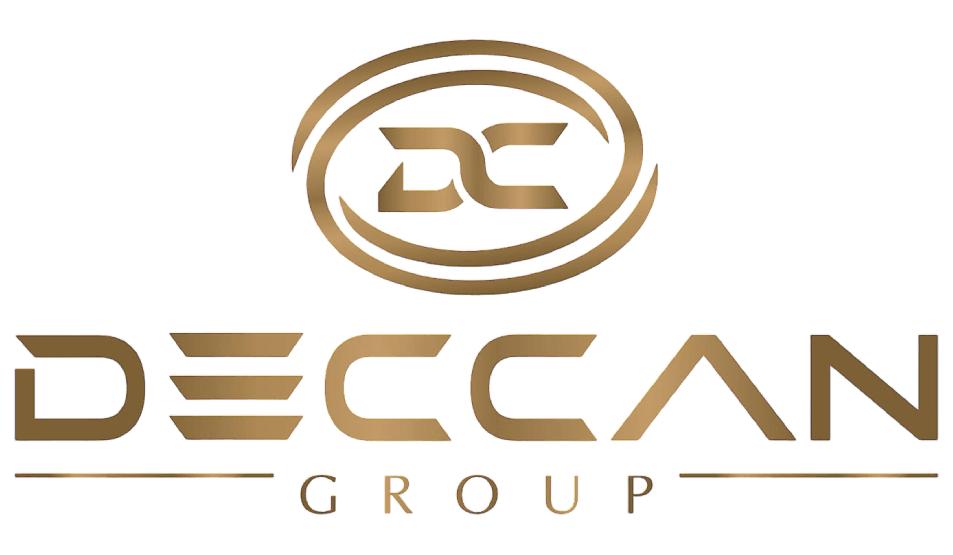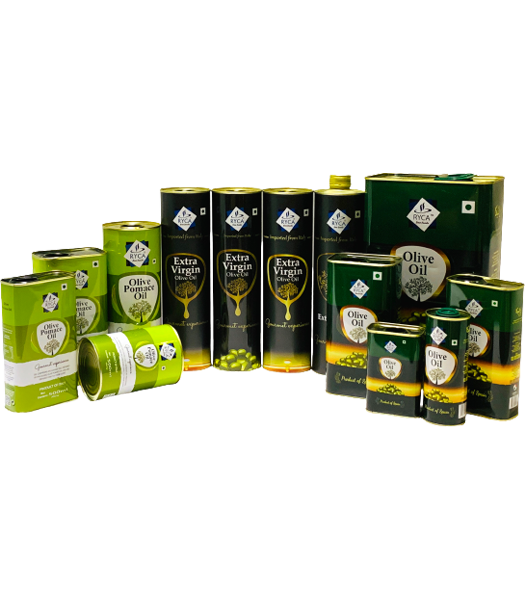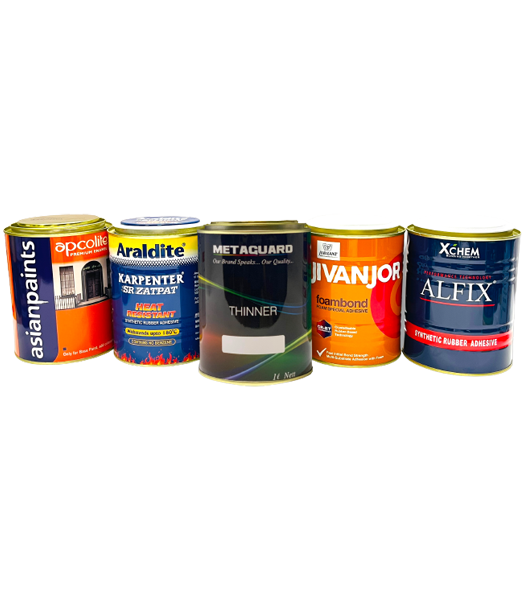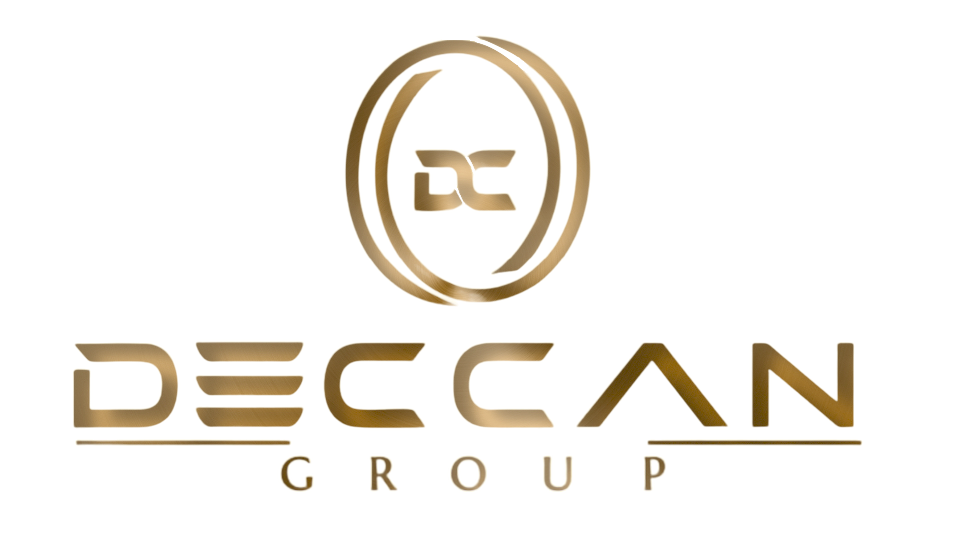Tin Containers
Discover the world of Tin Can Package, where industrial strength meets elegant design. From sturdy and reliable industrial tin cans to exquisite and eye-catching fancy cans, explore the diverse range of packaging solutions that cater to every need and style. Experience the versatility and innovation of tin cans that protect and showcase your products with unrivaled excellence.
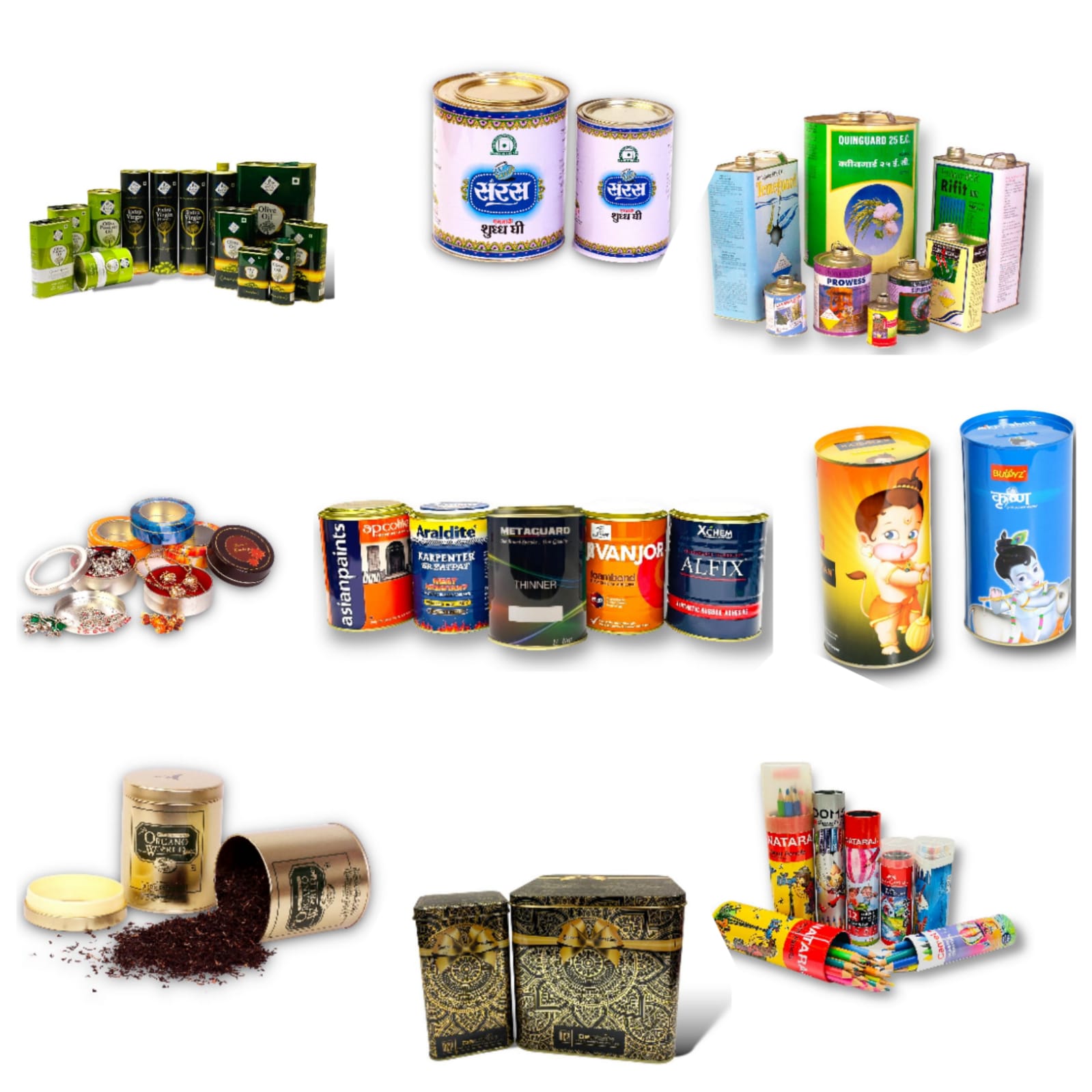

Jewellery Tin packs

Miscellaneous Packs
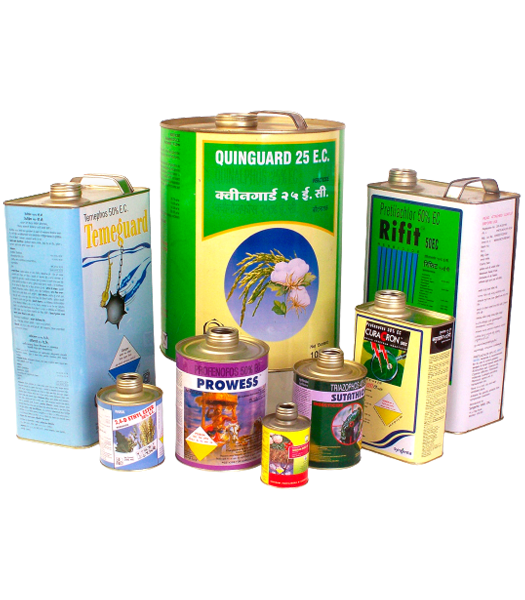
Pesticide Can Range
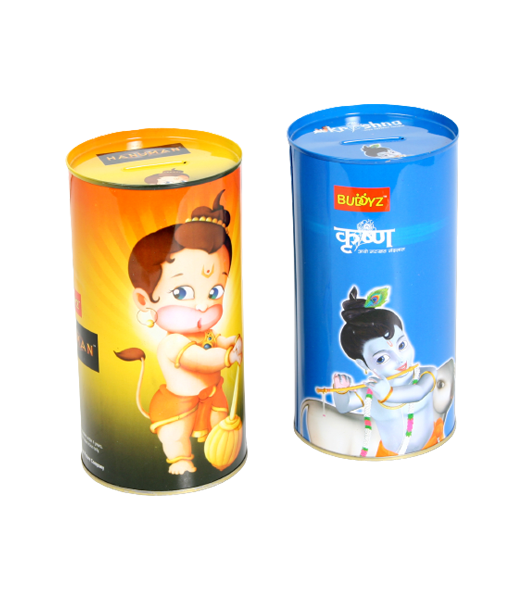
Promotional Tin Cans
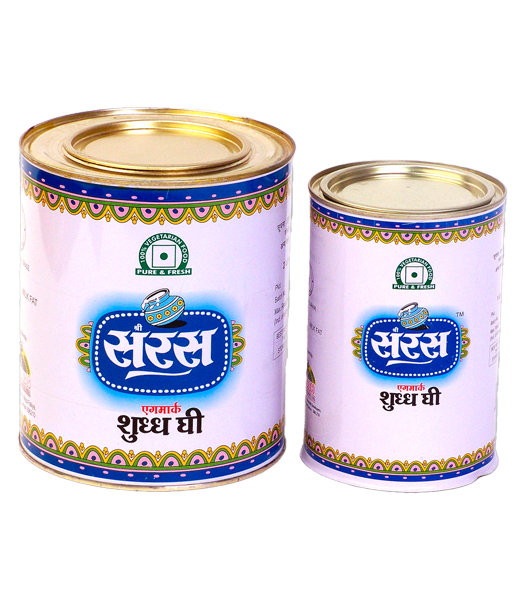
RLT / EOE Can Range

Stationery packaging

Tea & Coffee Tin Packs
TIN CONTAINERS FAQ’s
What are some benefits of using tinplate cans?
Tinplate cans offer many benefits, including being durable, recyclable, and providing excellent protection against air, light, and moisture. They are also lightweight, easy to stack and store, and can be produced in a variety of shapes and sizes.
What is the history of the tin can?
The tin can was invented in the early 19th century by a Frenchman named Nicolas Appert, who developed a method for preserving food in airtight glass bottles. In 1810, a British inventor named Peter Durand patented a similar method for preserving food in tin-coated steel cans, which became the basis for modern tin cans.
Why is tin can printing considered the best printing technology?
Tin can printing is considered the best printing technology because it offers high-quality, long-lasting, and vivid printing results. The printing process involves using specialized inks that are cured at high temperatures, resulting in a durable and scratch-resistant finish that can withstand harsh conditions.
How are tin cans reusable, and what is their recall brand value?
Tin cans are reusable because they can be easily cleaned and repurposed for other uses, such as storage containers, planters, or craft projects. Additionally, tin cans have a high recall brand value because they are associated with quality and durability, making them an attractive option for companies looking to build brand recognition and loyalty.
How will the consumption of tin cans grow in a world focused on sustainability?
As the world becomes increasingly focused on sustainability, the consumption of tin cans is expected to grow. Tin cans are highly recyclable, with a recycling rate of over 80%, and they can be recycled an infinite number of times without losing quality. Additionally, tin cans are often produced using recycled materials, further reducing their environmental impact. As more consumers and companies prioritize sustainability, the demand for eco-friendly packaging options like tin cans is likely to increase.
What are the different types of Tin Coating GSM available in the Tin Can Market?
The different types of tin coating GSM (grams per square meter) available in the tin can market can vary depending on the manufacturer and specific requirements of the application. Typically, the range of tin coating GSM available in the market for tinplate cans is between 1.1 to 11.2 GSM. However, the most commonly used tin coating GSM in the market is between 2.8 to 5.6 GSM.
It’s important to note that the GSM of the tin coating can affect the overall quality and durability of the tinplate can. A higher GSM provides better protection against corrosion, rust, and damage from handling and transportation, while a lower GSM may result in a shorter lifespan and increased risk of damage. Therefore, selecting the appropriate GSM tin coating depends on the specific requirements of the product being packaged and its intended use.
| Tin Coating GSM | Description |
| 1.1 to 1.8 | Light tin coating, suitable for packaging dry and non-corrosive products. But it’s not recommended to use tin coating internationally. The shelf life,especially in High Humid regions is extremely low as they are prone to rusting very easily. |
| 2.2 to 2.8 | Medium tin coating, suitable for packaging mildly acidic products and is the only Packaging Recommended for General Grade Application i.e. it can be used in Mildly Acidic foods, and also Industrial Chemicals. |
| 5.6 to 11.2 | Heavy tin coating, suitable for packaging highly acidic products such as citrus juices and other acidic beverages. It is sometimes used in highly aggressive Chemicals.
|
What are the different types of Tin Coating available in the Tin Can Market ?
There are three main types of tin coating used in the tin can market: Electrolytic Tinplate (ETP), Tin-Free Steel (TFS), and Black Plate. ETP is the most common and is a steel sheet coated with a thin layer of tin on both sides. TFS is a steel sheet coated with a thin layer of chromium oxide instead of tin, and Black Plate is a steel sheet without any coating.
What is the base Tin Coating that anyone should use?
The base tin coating that anyone should use depends on their specific needs and the requirements of their product. ETP is the most widely used and versatile type of tin coating, but TFS may be more suitable for certain applications, such as those involving acidic or corrosive products.
Why using 1.18 GSM Tin Coating is like using Mild Steel which will rust quickly and will not have any quality as Tinplate Can have to offer?
1.18 GSM tin coating is considered a low-quality coating and may not provide adequate protection against rust and corrosion. Tinplate cans with lower GSM coatings are more likely to rust and have a shorter lifespan than those with higher GSM coatings.
Why do some solvents require Tin Cans to pack their product?
Solvents require tin cans to pack their product because tin is a highly inert metal that is resistant to corrosion and can prevent the solvent from reacting with the container or leaking out. Tin also provides a barrier against light, moisture, and air, which can degrade or contaminate the solvent.
Why do Tin Cans always lose to cheaper Plastic Packaging, and how can we change our thinking to make the world Plastic-Free?
Tin cans often lose to cheaper plastic packaging because plastic is more lightweight and easier to manufacture than tin. However, plastic has significant environmental drawbacks, including pollution and non-biodegradability. To make the world plastic-free, we need to prioritize sustainable alternatives like tin cans, which are durable, recyclable, and eco-friendly. We can change our thinking by educating consumers about the benefits of tin cans and the impact of plastic on the environment, and by promoting policies and practices that prioritize sustainability over convenience or cost.
